9 Tips for Capturing the Essence of a Place While Travelling
- WildWillowWays

- May 28, 2024
- 6 min read
Updated: Jul 13, 2024
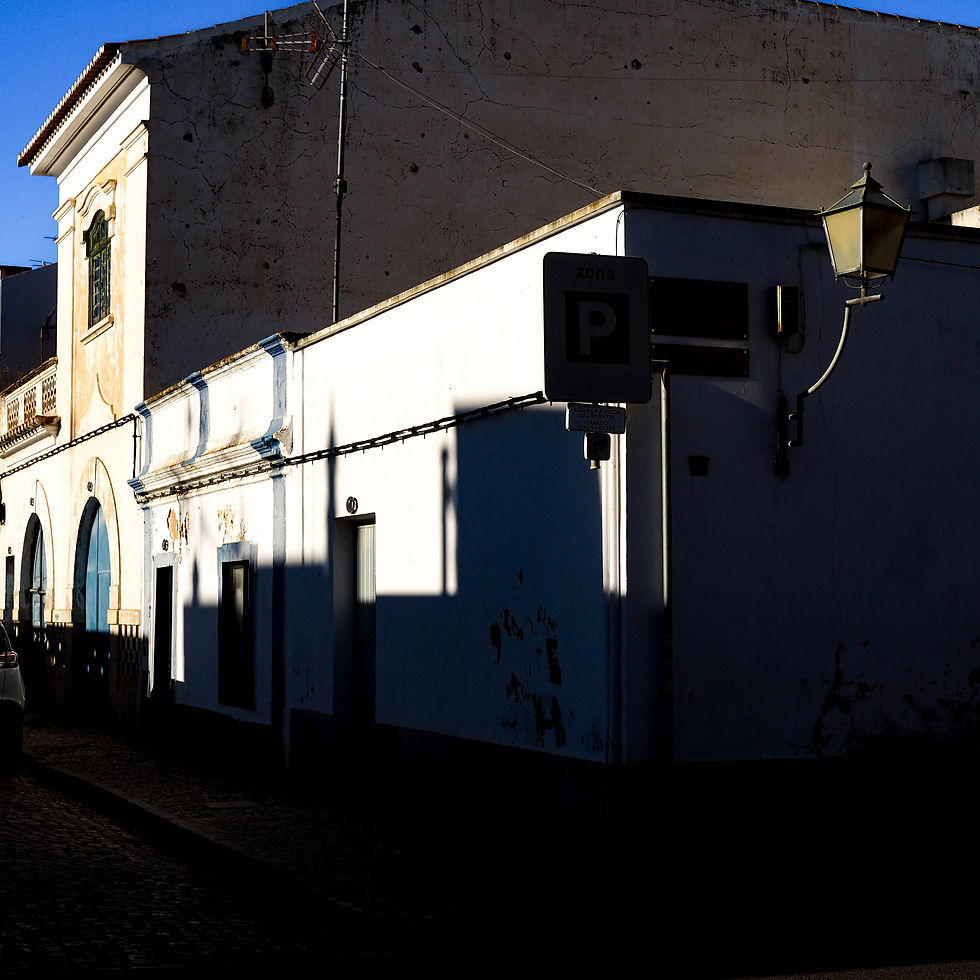
When I travel to a new location, particularly if it is in a different country, I love to capture the real essence of the place through my images. Rather than settle for snapshots of the local iconic landmarks I like to capture what the locals see, to become part of the routines of the place, to engage with people and with the landscape in a meaningful way. I also like to include examples of everyday human activity and images of the environment we create for ourselves.
One of the main ways to achieve this aim is to do some planning before I travel.
I like to learn about local customs, find out about interesting places to visit that are ‘off the beaten track’, learn some of the language and history of the location, learn about the people and how they live.
With this information to guide me I then make a shot list. This shot list will give me some idea as to the type of images I want to make and help me to avoid making a lot of similar type images while neglecting important areas. The list is an attempt to include everything that makes a place what it is; the people, transport, daily activities, buildings, meeting places, physical features and that intangible something, the vibe that can be felt when you momentarily share a space that belongs to others.
A typical shot list might include images of:
Architecture
Cultural events/special occasions
Local people
Everyday activities/morning routines
Markets
Food/clothes (may not be relevant in every country)
Distinctive features of landscape
Differences from my own place
Off the beaten track
The shot list will help us decide what to shoot, but the question remains, exactly how do we capture the essence of a place through our photographs?
We can do this in several ways. Here are a few pointers:
Plan your trip
Spontaneity is important and nothing beats finding images that you didn’t expect to find but, as I said above, a little forward planning won’t go amiss. If we are to spend a short amount of time in a place, we need to make the most of that time by knowing where we want to go and what to look for. If we have a longer time to spend, a few initial ideas about the local area will give us something to build on as we immerse ourselves in the place, its people, its customs, its language and its food.
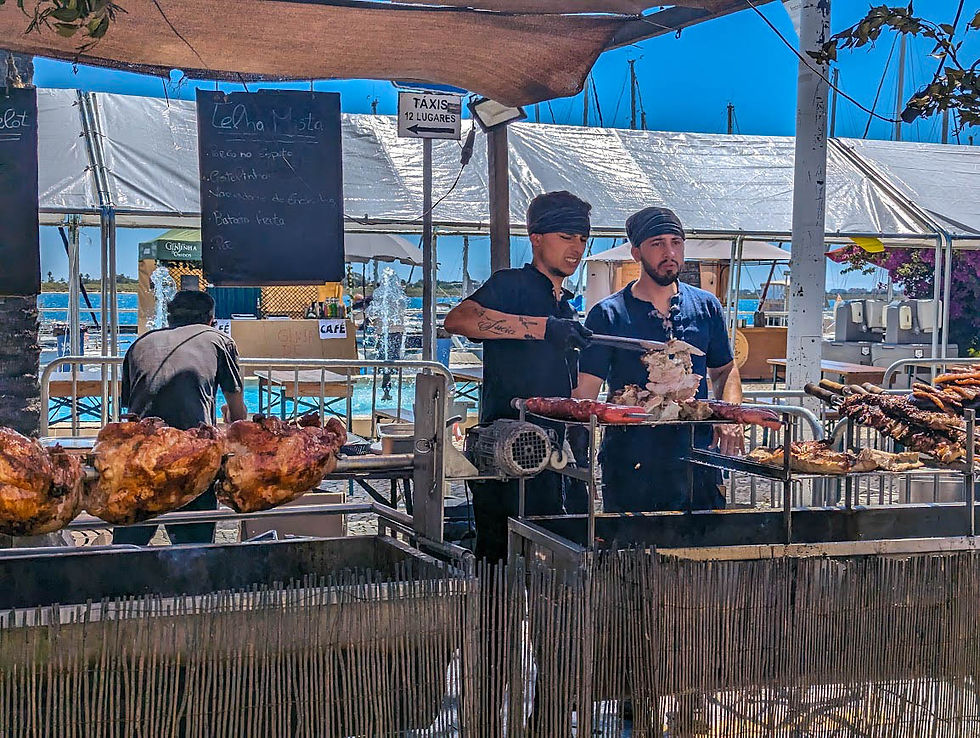
Build a connection
When we reach our destination, the first, and in my view vital, step is to build a connection with the place and its people. This is best done by spending time walking around the streets, parks, alleyways, without camera if possible, observing the local people going about their daily activities, greeting people in their language if you feel it’s appropriate.
Get to know where the locals gather, where they eat, how they spend their time, what the routines of the place look like.
Shop where the local people shop, try out different foods, use some of the language, engage with the people.
Discover the place from your perspective, from your lived experience, and you will convey this through your images.
By really getting to know the place you will begin to see stories emerge and that’s how you can tell these stories to your viewers.
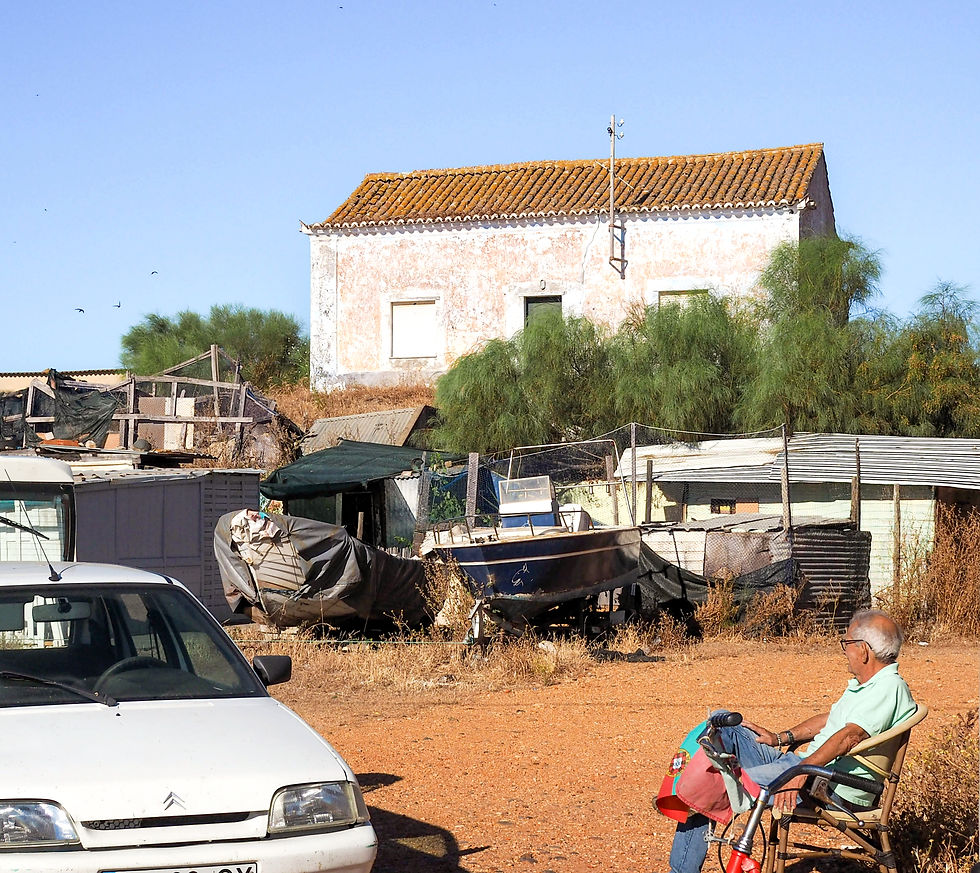
Capture a ‘local moment’
Local moments are all around us in the places we visit, we just need to be observant enough to see them. Conversations in the market, morning routines, people out and about doing the things they normally do, all have photographic potential to help us create the essence of the places we visit.
I observed a great local moment on a recent visit to a small town in southern Portugal.
One morning I was walking past the local primary school as the children were arriving. I saw two policemen fully engaged in conversation with three young boys, who were obviously delighted that the policemen had stopped to talk to them and were very interested in what they were saying. The boys’ parents were in the background, and it was not a scene I would have in any way dreamed of capturing on camera, but it did provide a nice memory of the place and the humanity of the policemen, who are also vigilant and tough on crime.

Go where the locals go
Often, as tourists, we tend to stick to the tourist areas of our location, even eating from a tourist menu!
At least that’s what I used to do.
Now I try to go where the locals go and find some out of the way places that serve simple, local food. I discover these places through walking, exploring, asking questions and being generally open to anything different, anything that will give me a flavour of the real place.
And trying out local cuisine really does do that, especially when you visit a place recommended by a local!
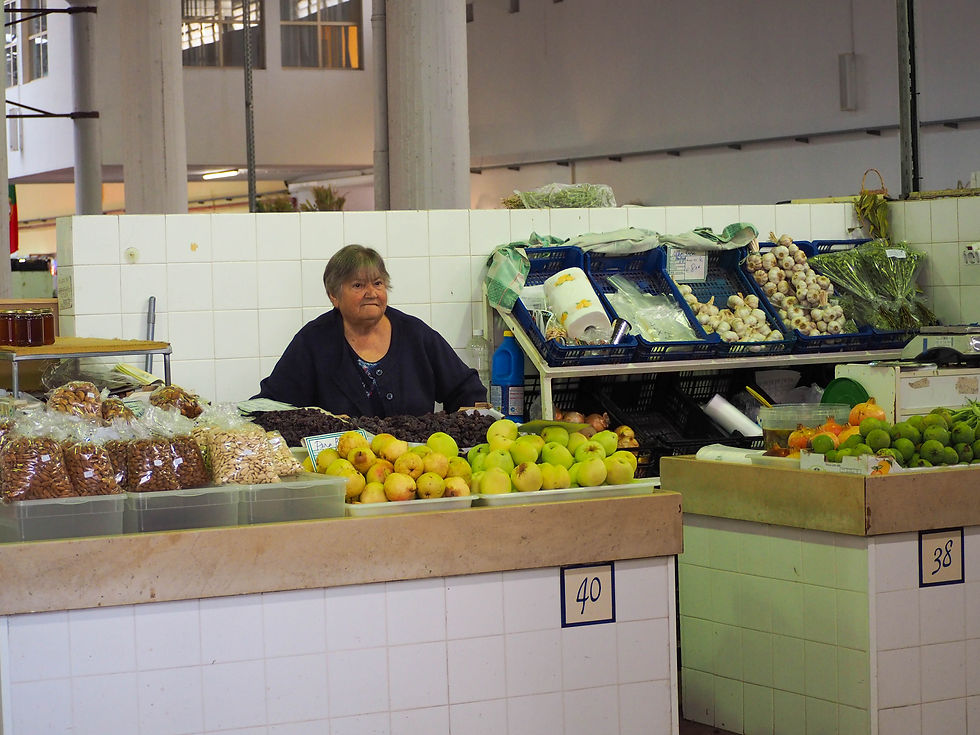
Shopping in local markets gives you a great opportunity to meet the locals and engage in some conversation.
Seek out cultural events or festivals
While travelling abroad we often discover a local festival or cultural event that provides opportunities for photography. These can be colourful and entertaining while also giving us a glimpse of customs different to those we see at home.
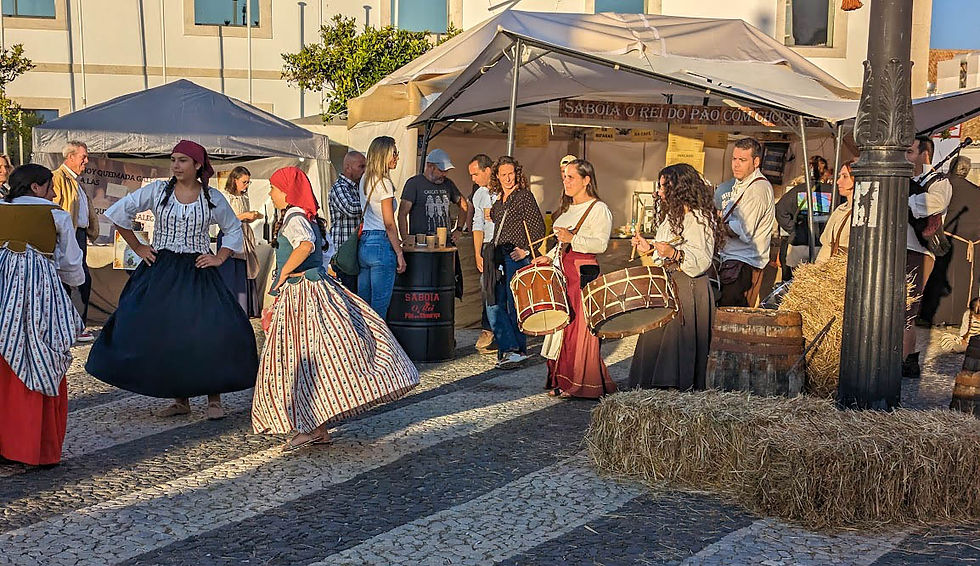
Many countries have annual or semi-annual festivals that we might be lucky enough to come across. These are a great way to become immersed in the culture of the place,
Local markets provide similar opportunities and it is usually possible to find one or two busy markets to visit and capture some images.
Avoid snapshots and clichéd images
Most people on holiday take snapshots. I do this myself, mainly as reminders of the places I visit and to serve as memories when I look back on them. They are usually quick shots, taken without much thought, but they serve a purpose.
Similarly with clichéd shots. They are usually taken of iconic landmarks associated with our travel location, and again are good to have for future reminiscing.
For true photography purposes both these types of images are best avoided as we aim to go deeper into documenting our travel destinations. Avoiding these images involves paying close attention to composition, varying the perspective from which we shoot even though we may be capturing a well-photographed subject, and trying to make the best use of available light by getting to know how light behaves in the location at different times of the day.
While we may be travelling with a smaller camera set-up than that which we use at home, or may exclusively use our phone camera, we can still apply the basic photography principles to ensure that we do justice to our travel photography results.
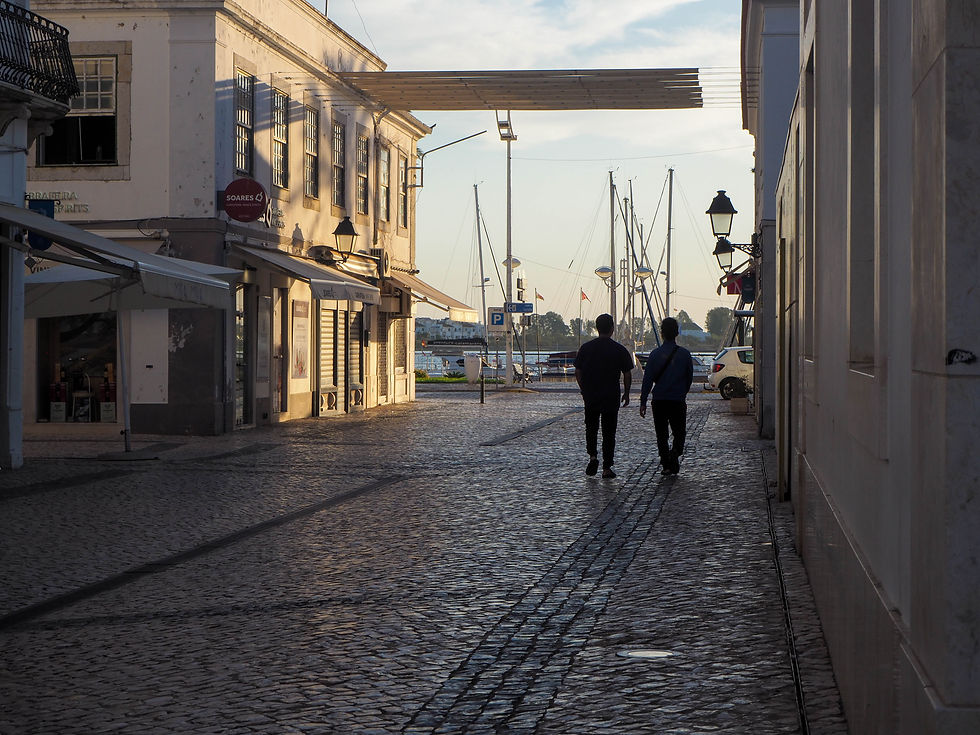
Get off the beaten track
There is a lot more to every place we visit than that which first meets the eye. Many places have run down areas, parts that are not mentioned in guidebooks or promotional brochures. These are the places less photographed.
Places that are ignored by those wishing to promote their town or city as a tourist area, while they might be grittier, are part of the fabric of the place and therefore need to be included in our photos if we are to capture the real essence of the location.
While I don’t advocate taking photos of humans who are living in less-than-ideal conditions purely for our own gratification, I do believe that there is a way to show how all human institutions can disadvantage some of their residents by lack of supports and resources in certain areas. Examples of decaying buildings, poor litter disposal, graffiti messages, can give us a glimpse from the outside as to how some members of the population really live.
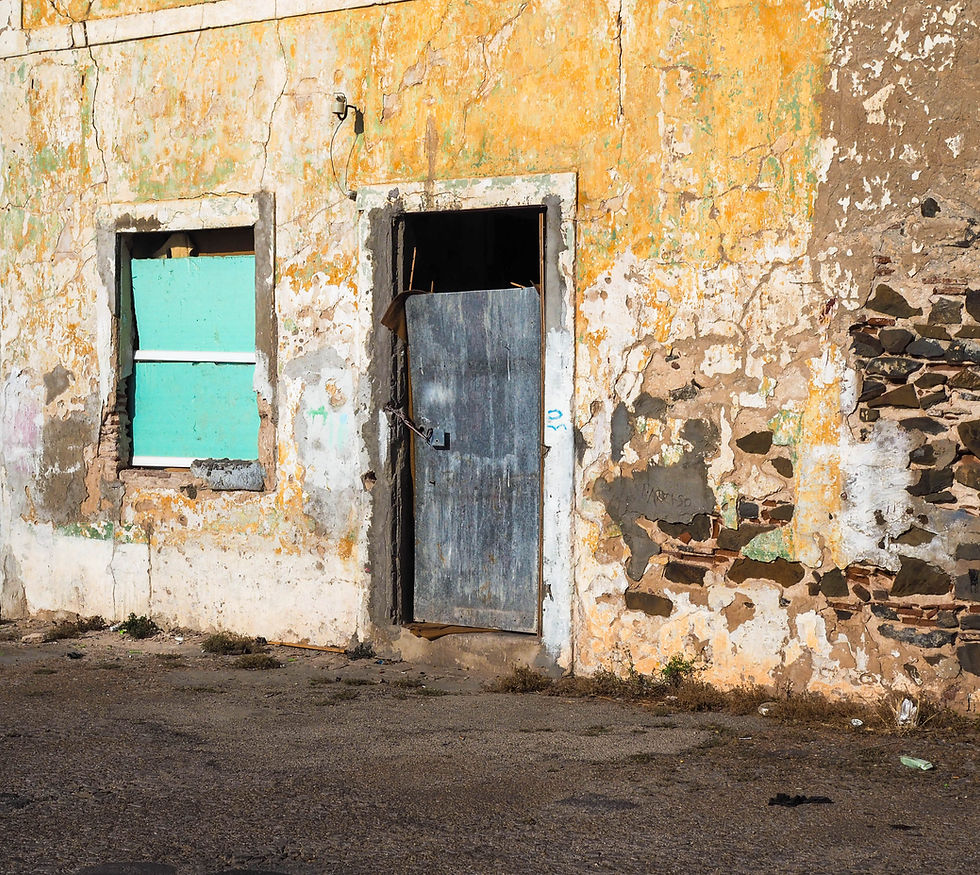
Go further
We can often use the less attractive features of an environment – old buildings, graffiti, examples of decay - as well as the more attractive features in our photography. By including all parts of the environment in which we find ourselves we are being true to the whole community without making any kind of statement or judgement.
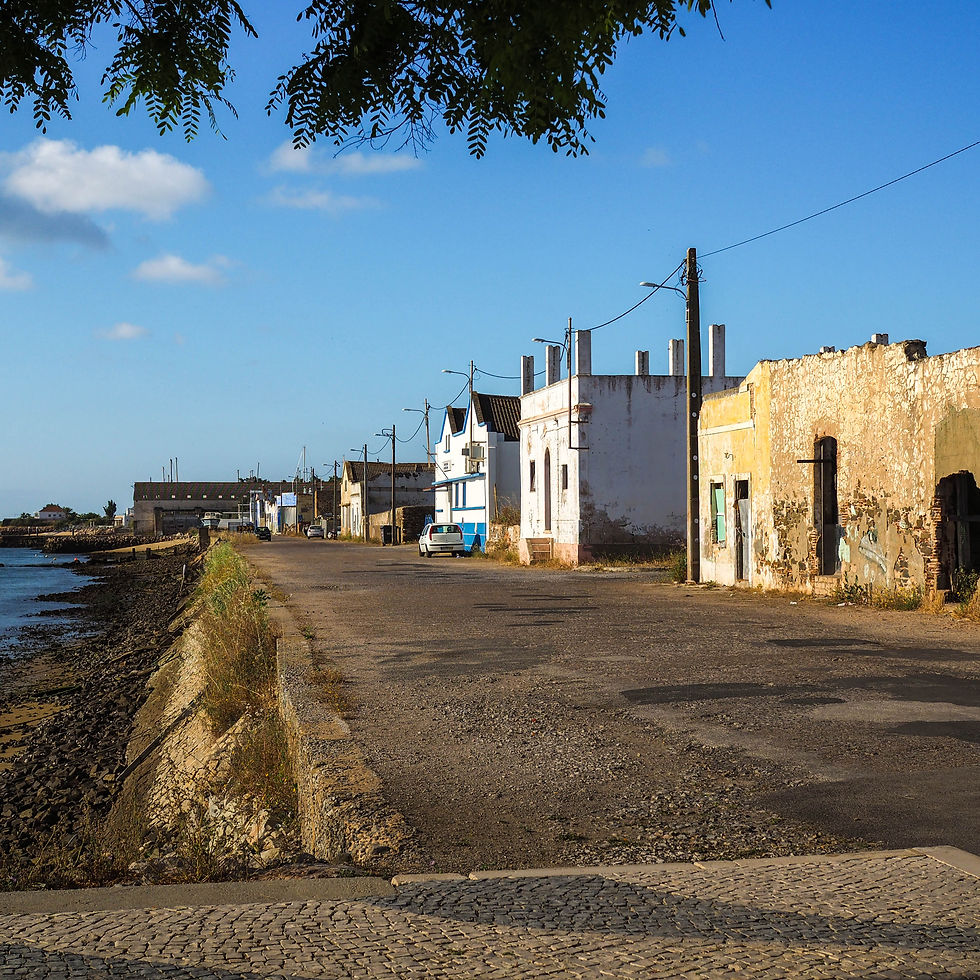
Get creative!
While we can get creative with our photography close to home, travelling does provide us with new inspiration and ideas for creative images. Even if we are visiting a relatively average tourist destination we can experiment with different perspectives, framing, creative use of light, and reflections, to name but a few ideas. Being in a place that is different from our own place adds to the interest and enjoyment of travel photography and helps us to appreciate the location we are visiting.
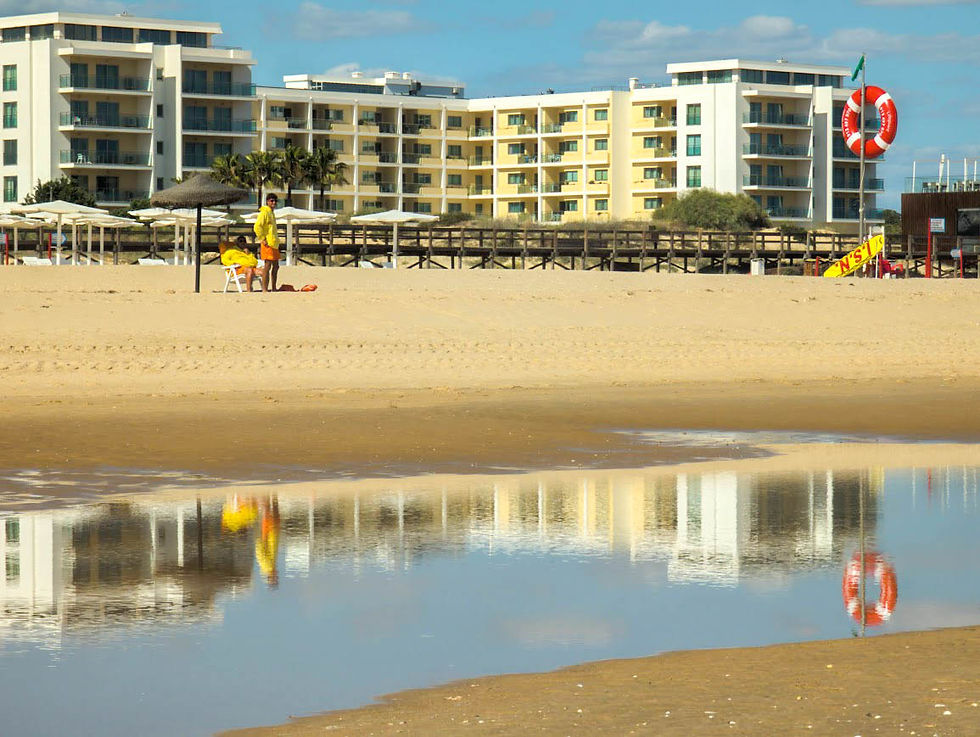
FINAL THOUGHTS
These are just some of the ideas that have helped me to capture the essence of a place that I visit. I find that doing photography in this way is a lot more fulfilling than simply searching for the next iconic landmark. It gives me connection, a sense that my photography has purpose, and a reason to get out every day with my camera.






These tips for capturing the true essence of a place while traveling are fantastic! For anyone planning their travel to Italy and looking for activities on a beautiful lakeview, you might find information about Boot & SUP leihen Cannobio (boat and SUP rental in Cannobio) for Lake Maggiore relevant for their trip.